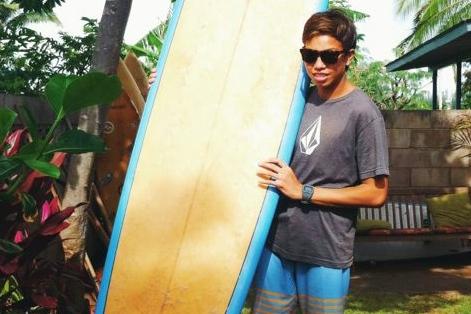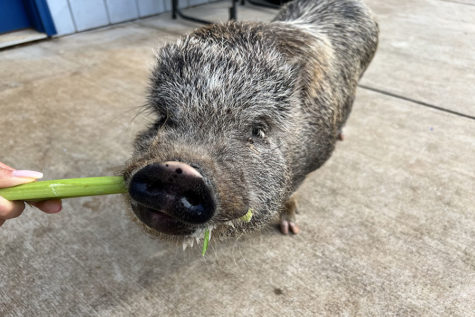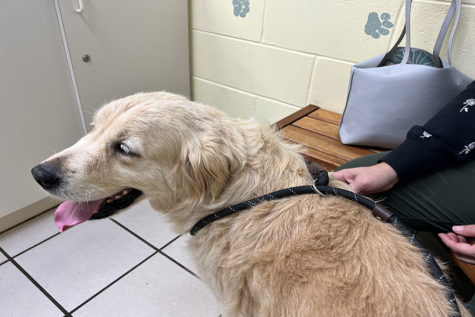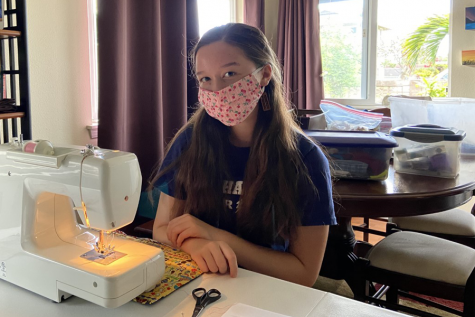Surf’n Things: Essentials

Yours truly with one of my favorite longboards, ready to do what I love – surf. Give it a try, and you might like it, too.
January 20, 2015
That’s right, we’re talking surfing essentials!
If you live on Maui, the basics for surfing are pretty obvious: a board, fins, a leash, deck-pad, some wax, and a rash guard if you prefer… oh and sunscreen, don’t forget that!
We are surrounded by the ocean, which means you shouldn’t have to pay that extra money to ship the essentials over here when we’ve got some of the best equipment near us.
True, surfing can be an expensive sport, especially if you’re first starting off, but who said your stuff had to be brand new? Thrift stores, garage sales, and Craigslist are great places to get good usable surf essentials for a fraction of the price.
When you’re ready to commit to a board, there are so many good board brands, it’s hard to suggest just one, but my favorites definitely include Kazuma, Valley Isle surfboards, Stu longboards, and Ole long boards.
The size of board usually depends on the size of the person and the level of surfing. Bigger boards are better for beginners because they’re easier to control and ride on.
New leashes, deck-pads, wax, and rash guards can usually be found in those same shops, but your best bet for accessories would definitely be HIC (Hawaiian Island Creations) or HI-Tech. They have a good variety of prices, designs, and companies represented, so you can find your preference and figure out what works best for you.
For beginners who aren’t used to surfing long hours, I would recommend a rash guard, to protect your underarms and chest from friction. No one wants a friction rash!
Sunscreen is also important; it’s one of those things you don’t realize that you needed till later. It’s better to put on sunscreen with at least an spf rating of 30 to prevent a bad burn. On a side note: try to put it on early enough so that when you jump in the water it doesn’t all come off in the ocean, which is harmful to our coral and waters.
If it’s your first time jumping in the water, I would recommend lessons to start off. There are lots of surf schools at local beaches, or go with a buddy or group of friends who can show you the basics and watch your back.
In addition to learning how to surf, you always want to learn about its surroundings too — in this case, the ocean and everything about it, such as where to position yourself on the wave, areas to avoid, and basic rules.
It’s always good to know these kinds of things, especially in surfing, because by learning to surf thoughtfully and with aloha, you don’t just gain knowledge, you also earn respect from veteran surfers.
So if you’re reading this and thinking about getting on a board for the first time, do it! But make sure you have the right equipment and learn about what you’re doing before you jump in.
As they say, “You never know until you go,” and you might find that surfing is your new favorite sport. Save up for that next surf purchase, then paddle out, and don’t wipe out!










